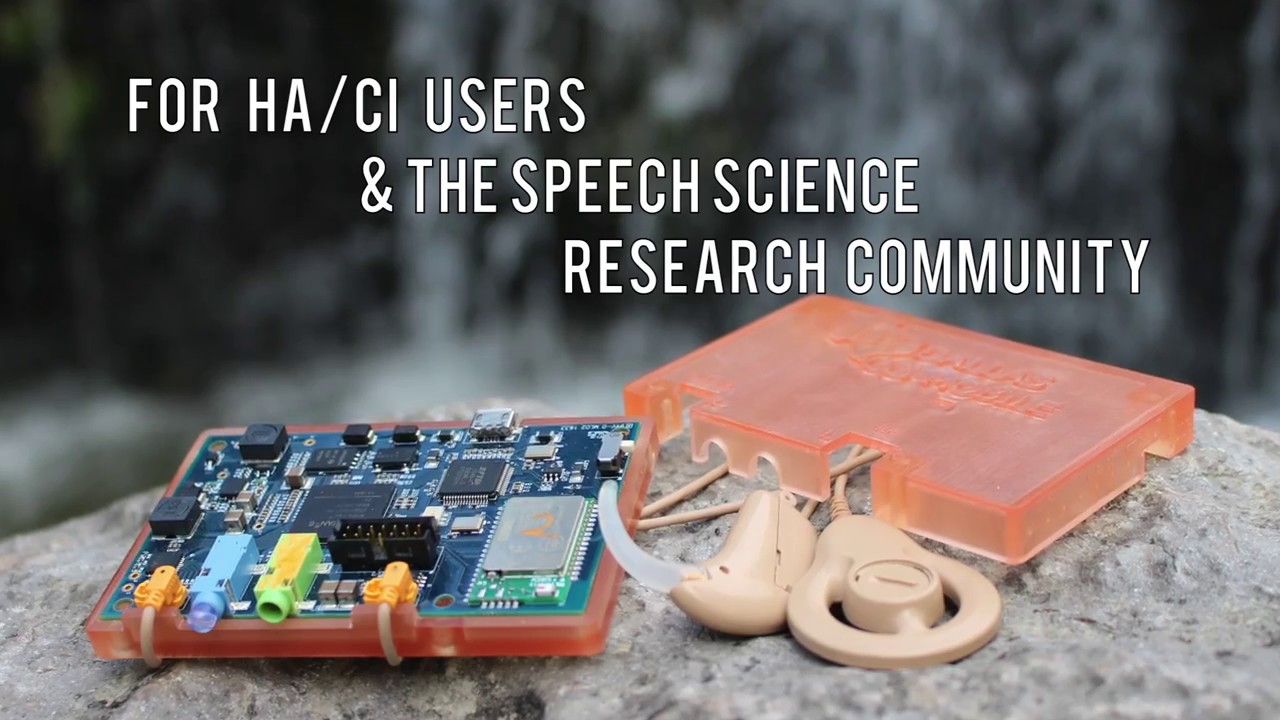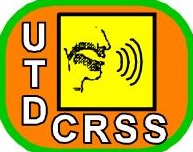Main focus of our Projects
Signal Processing Strategies for Cochlear Implants
The clinical sound processor (the behind the ear, external portion of the cochlear implant system) is responsible for translating the acoustic signal encoded from the behind-the-ear microphone to an electrical signal to be stimulated to the intracochlear electrode array. Our lab is investigating the processing steps behind the traditional Continuous Interleaved Strategy (CIS). We aim to identify ways to improve intelligibility and perception for CI users in everyday, naturalistic conditions by altering, adding, or revising additional processing steps and basic digital signal processing techniques. A large number of investigators have proposed new signal processing strategies for CI users which have influenced commercial strategies in clinical processors today.
Lombard-type Speech Processing
Our lab is analyzing speech produced with the Lombard Effect (i.e. adjustments made to vocal effort in response to the surrounding noise SNR). We are investigating the question(s): (1) Do CI users employ the Lombard Effect? (2) What is the benefit between Lombard-produced speech and neutral speech for CI users? And (3) Can the Lombard Effect improve speech recognition in noise?
Speech Enhancement
The goal of speech enhancement is to receive an incoming audio signal captured by the microphone, clean it and forward enhanced signal to the user. Classical signal-processing approaches to speech enhancement rely on the assumptions of quasi-stationary noise and Gaussian distributions for the spectral amplitudes of noise and speech signals. Under these simplifying assumptions, even the most precise mathematical models are limited in their performance on real-world data. However, recent advances in AI and machine learning provides a new opportunity to advance the state-of-the-art. Therefore, our lab aims to develop new speech enhancement technique that enables to suppress multi-tier noise and thus improve perceptual decoding by cochlear implant listeners. The above image shows a speech enhancement technique.
PCB Design, Hardware Development and Management
Since 2006 with NIH support, the CRSS-CILab has worked on and solved real-world problems/algorithms that have been tested on custom-made hardware which was made in the lab itself, starting right from the low-level PCB design to the exterior case design. After the previous PDA,now the CCi-MOBILE is going through continuous development to make sure researchers in the cochlear implant space have the best experience using it for their research. To make the CCi-MOBILE available to the research community, the production of the platform is also maintained at a regular interval. Adding on to the customized design for the CCi-MOBILE, the CRSS-CILab works towards better modified design strategies, IoT based advancement and better power-management techniques.

Functionality and Burn-in Testing of the Research Platform
The CCi-MOBILE research platform has been tested and verified to be safe and its performance is evaluated for all the acoustical and researcher operated configuration. With every platform being produced, before shipping it to other research labs, it is our responsibility to ensure the efficiency of the CCi-MOBILE even in the worst case scenario. Hence, the platform is tested against 380 hours of acoustical data containing speech, noise and music. The fig shows the behavior of the CCi-MOBILE research interface under various acoustical conditions described by corresponding databases. The SIC - simulated intracochlear current, a factor closely related to the perceived loudness, provides an estimate of the total amount of charge applied across all the channels every second.
Android Development
Android development has enabled our platform to be as mobile and flexible as ever. Our CCi-MOBILE app can be utilized on-the-go in authentic real-time environments. Below are a few screen-shots presenting the user-friendly GUI for the CCi-MOBILE android app. In addition, researchers can program the app to better suit their needs. Refer to the CCi-MOBILE tab on more details on the app.






